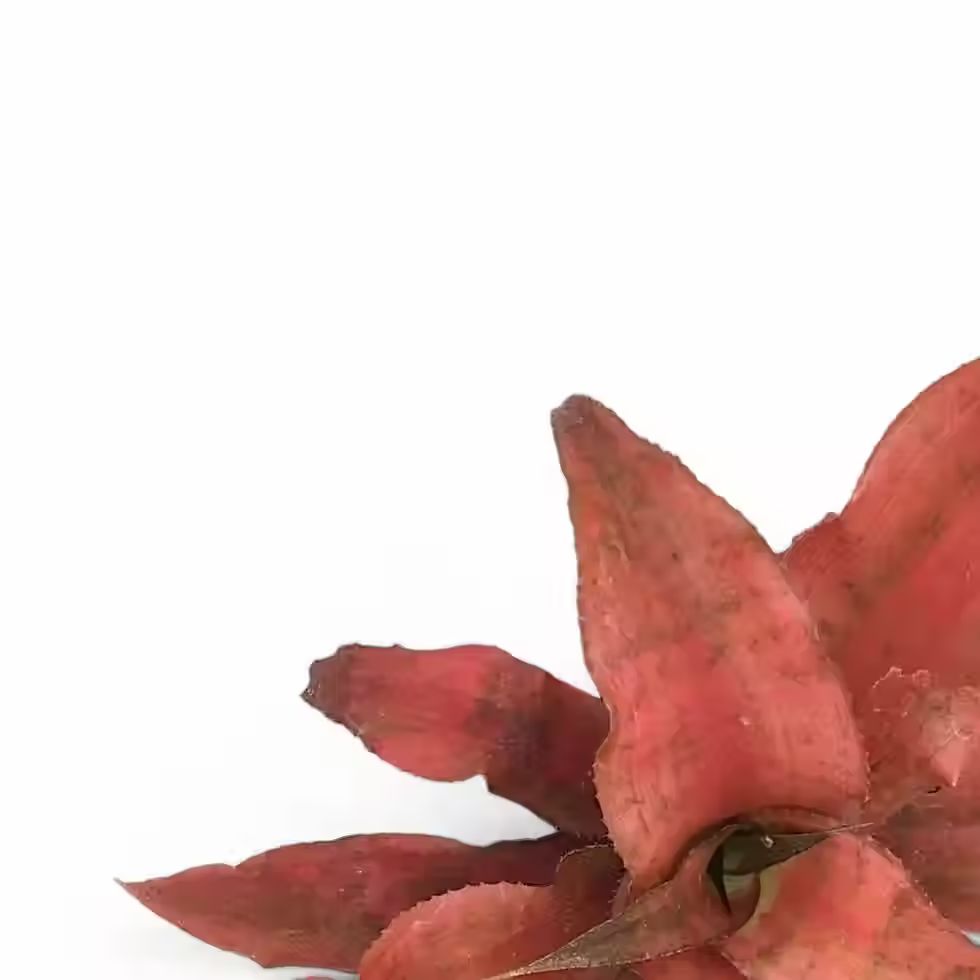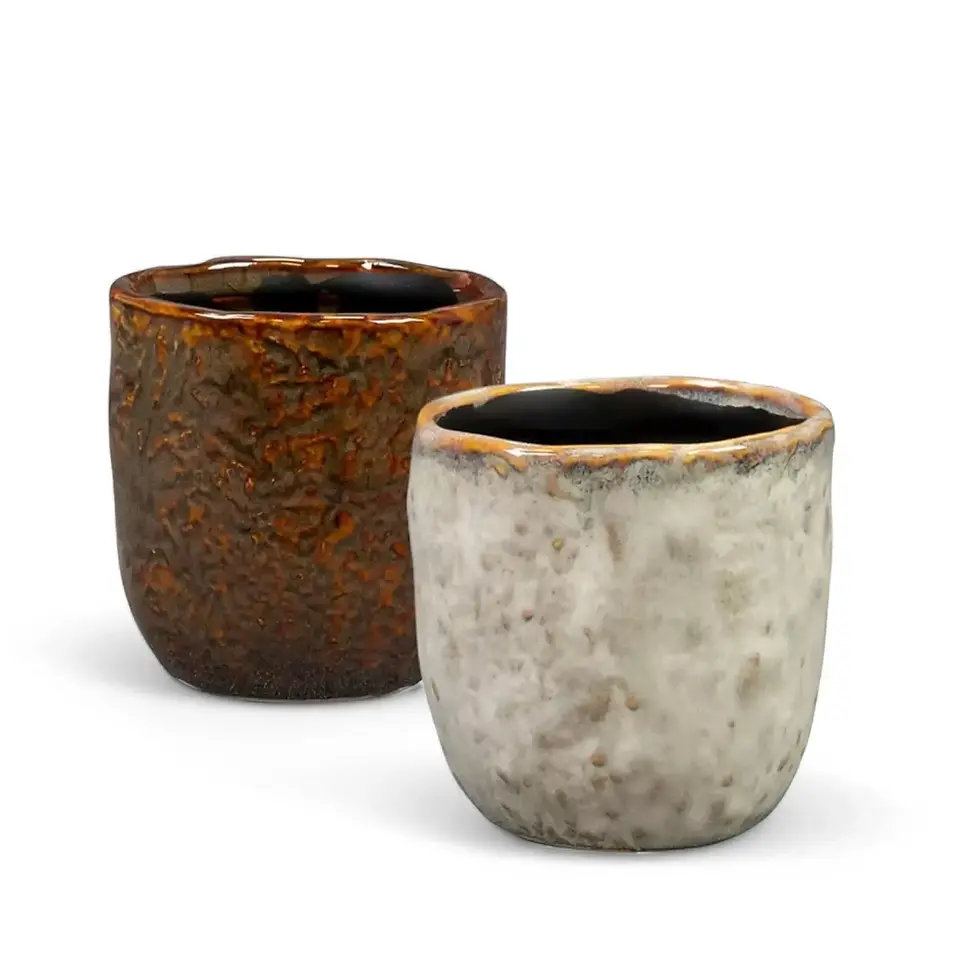Austrocylindropuntia subulata f. cristata - Complete Care Guide and Tips
Austrocylindropuntia subulata f. cristata, commonly known as Crested Eve's Needle, is an extraordinary mutation of Austrocylindropuntia subulata, distinguished by its dramatic, undulating, fan-like growth. The twisted, coral-like ridges create mesmerizing sculptural patterns. The plant’s deep emerald-green, fleshy stems feature pronounced white areoles, sparse but sharp spines, and occasional cylindrical growth, revealing its original form.
Austrocylindropuntia subulata f. cristata - Distinct Features and Growth Characteristics
- Growth Habit: A naturally occurring crested mutation, creating wavy, ridged fans instead of the usual upright stems.
- Size: Typically 30-60 cm, but can grow larger in optimal conditions.
- Foliage: Thick, emerald-green stems with occasional fleshy, awl-shaped leaves that may persist in younger plants.
- Growth Rate: Slow to moderate compared to the standard form.
- Lifespan: Long-lived, often thriving for decades with proper care.
- Toxicity: Non-toxic to pets and humans but has sharp spines that can cause irritation.
Austrocylindropuntia subulata f. cristata - Origin and Natural Growth Conditions
- Mutation: This is a nursery-produced cultivar and does not occur naturally in the wild.
- Parent Species: Austrocylindropuntia subulata is native to Ecuador and Peru, growing at high elevations in dry, rocky landscapes.
- Climate: Thrives in arid, semi-desert conditions, with temperatures from 5°C to 25°C and minimal rainfall.
- Adaptability: Well-suited to indoor and outdoor cultivation in warm climates.
Austrocylindropuntia subulata f. cristata - How to Care for Your Crested Eve's Needle
Placement and Light
Requires bright, indirect to direct sunlight for at least 5-6 hours daily.
Ideal locations: South- or west-facing windows or under grow lights.
Avoid deep shade, as lack of light leads to weak, elongated growth.
Watering
Minimal watering needed — let the soil fully dry out between waterings.
Water every 2-3 weeks in spring and summer.
In winter, water only enough to prevent shriveling.
Humidity and Temperature
Prefers low humidity.
Thrives at 18-24°C but should never be exposed to temperatures below 5°C.
Cold-sensitive - move indoors in winter if grown outdoors.
Soil and Pot Selection
Requires a well-draining cactus/succulent mix with added sand or perlite.
Use a terracotta pot with drainage holes to prevent overwatering.
Repotting
Repot every 2-3 years in a slightly larger pot.
Handle carefully to avoid breaking delicate crested stems.
Fertilizing
Feed with a low-nitrogen cactus fertilizer every 4-6 weeks during the growing season.
Propagation
Propagate from stem cuttings, allowing them to callous over for a few days before planting.
Do not water cuttings immediately — wait until roots develop.
Semi-Hydroponics
Not recommended for semi-hydroponic systems, as it prefers dry, well-aerated soil.
Pruning and Maintenance
Minimal pruning required.
Remove any reverting (non-crested) growth to maintain its sculptural form.
Austrocylindropuntia subulata f. cristata - Common Issues and How to Fix Them
Pests
Mealybugs and Scale - Treat with insecticidal soap or rubbing alcohol.
Spider Mites - Increase airflow and treat with neem oil, or use beneficial insects.
Root Rot
Cause: Overwatering or poor drainage.
Solution: Let soil dry completely before watering again. Repot if needed.
Sunburn
Cause: Sudden exposure to intense sun.
Solution: Gradually acclimate to full sun to prevent scorching.
Shriveling or Wrinkling
Cause: Prolonged drought.
Solution: Water lightly if severely shriveled.
Soft, Mushy Growth
Cause: Overwatering.
Solution: Reduce watering and check for root rot.
Fungal Issues
Can develop fungal spots if kept in high humidity or poor air circulation.
Solution: Keep in dry conditions and improve airflow.
Austrocylindropuntia subulata f. cristata - Additional Considerations
- Support Structures: Not required, but some growers use shallow, wide pots to balance the plant’s top-heavy growth.
- Growth Observation: Occasionally produces non-crested stems — prune these to maintain the desired aesthetic.
Etymology: Understanding the Name
- Genus: Austrocylindropuntia - "Austro-" means southern, and "cylindropuntia" refers to its cylindrical stem segments.
- Species: Subulata - From Latin subula, meaning awl-shaped, referencing the long, tapering leaves.
- Cristata: Indicates the crested growth mutation.
FAQs about Austrocylindropuntia subulata f. cristata
-
Can Crested Eve’s Needle flower?
Rarely. If it does, expect tubular red or orange blooms, but most cultivated plants never flower.
-
Is Austrocylindropuntia subulata f. cristata plant safe for pets?
Non-toxic to pets, but sharp spines can cause irritation if touched.
-
Why is my Austrocylindropuntia subulata f. cristata growing non-crested stems?
This is a natural occurrence. Remove these to maintain the unique crested shape.
Rarely. If it does, expect tubular red or orange blooms, but most cultivated plants never flower.
Non-toxic to pets, but sharp spines can cause irritation if touched.
This is a natural occurrence. Remove these to maintain the unique crested shape.
Buy Your Crested Eve’s Needle Today!
Add this rare and sculptural beauty to your cactus collection.
Austrocylindropuntia subulata f. cristata
Austrocylindropuntia subulata f. cristata is approximately 35 cm tall and comes in a ⌀ 12 cm pot

























































